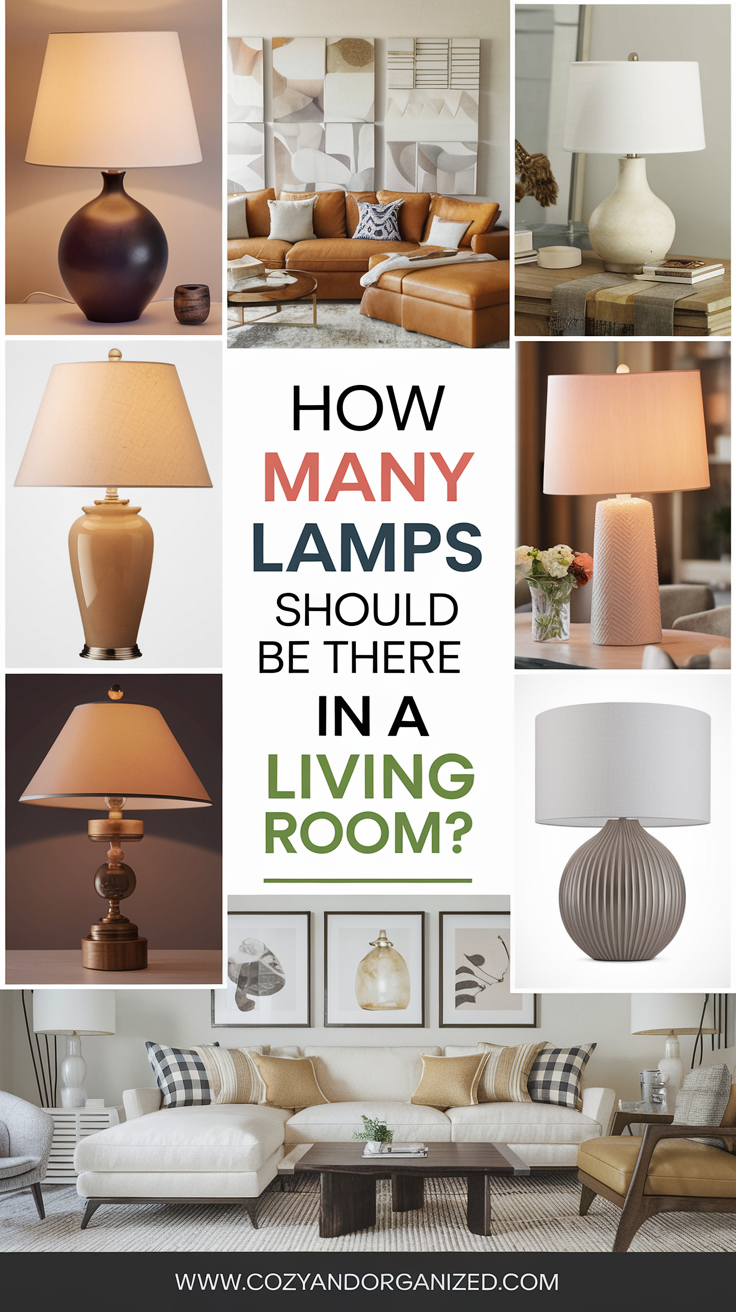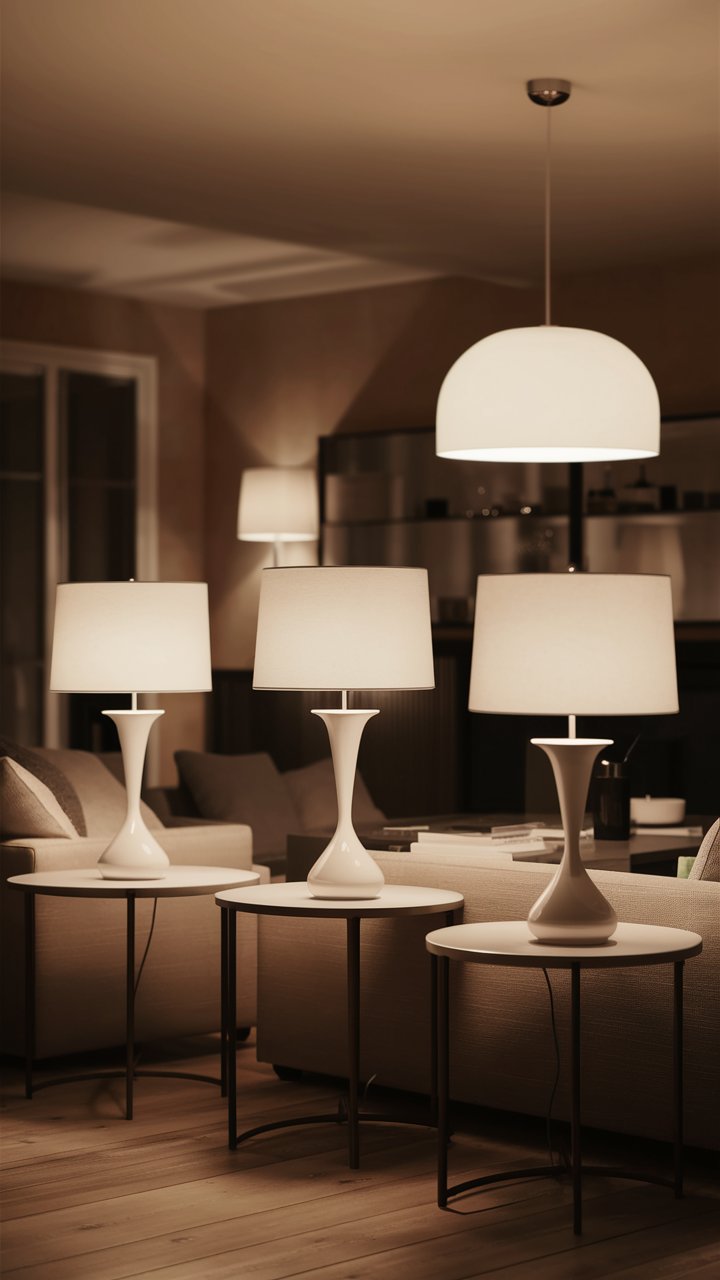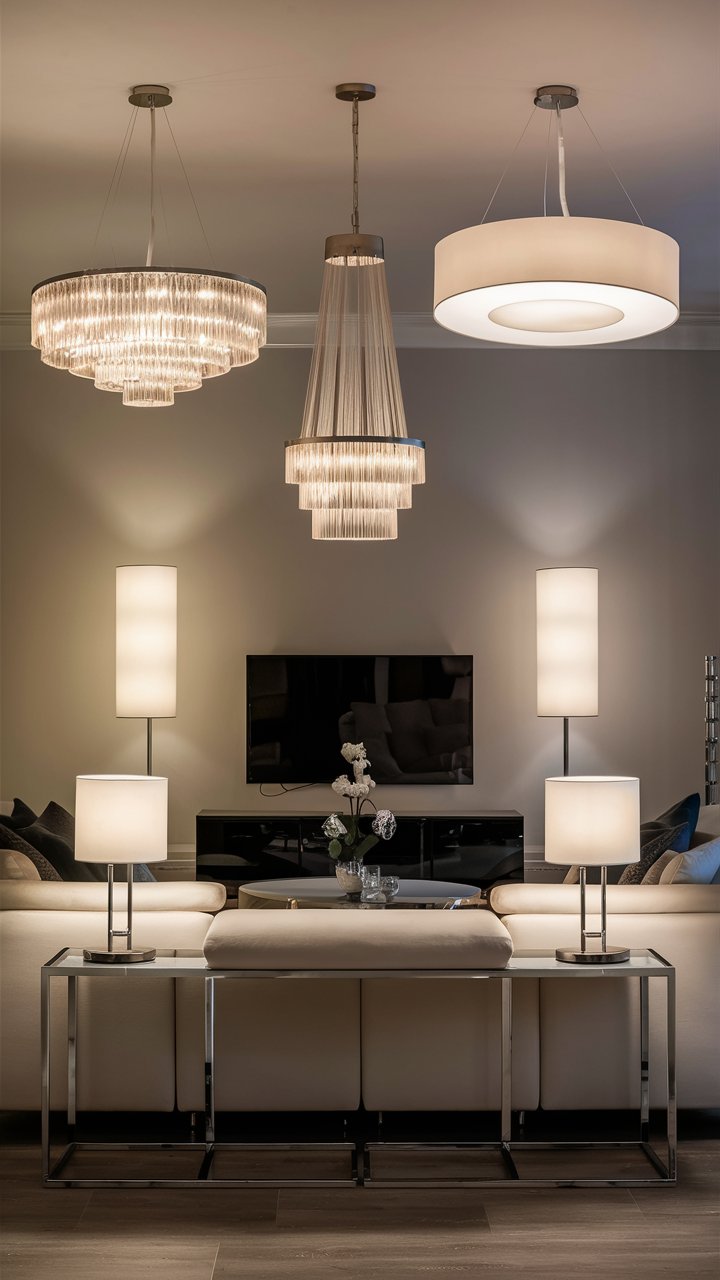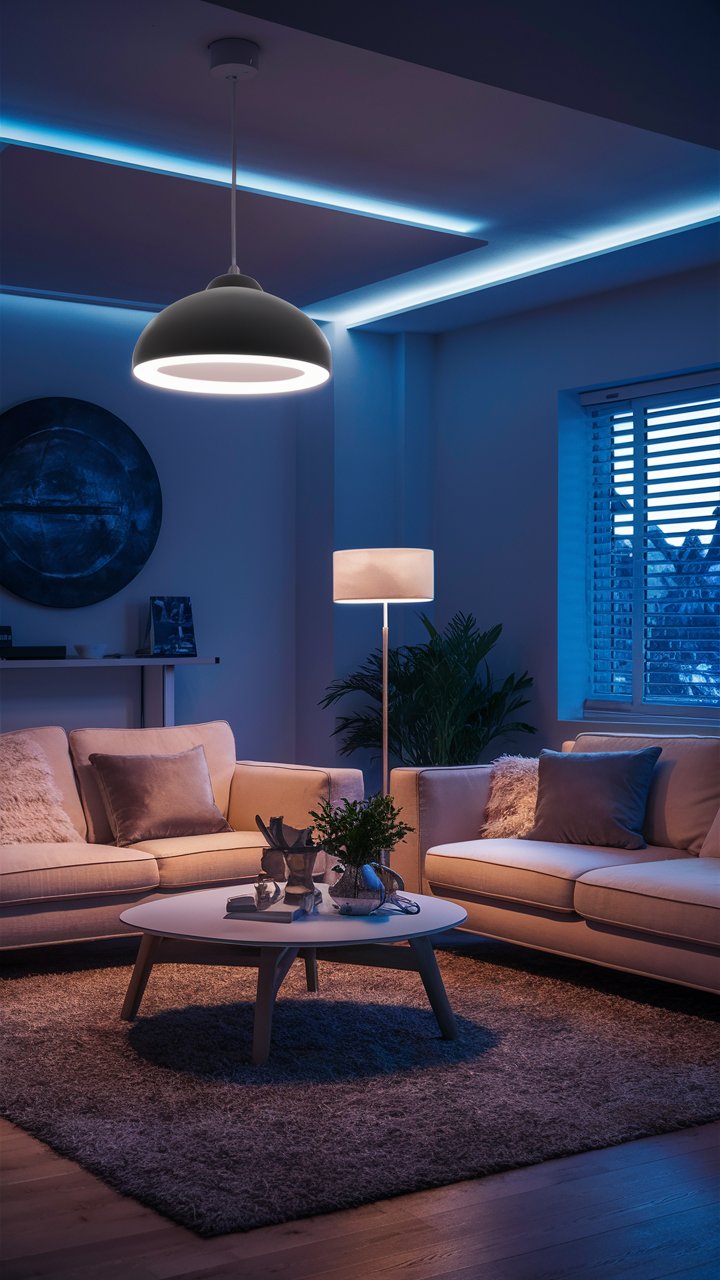Lighting plays a crucial role in setting the mood and functionality of a living room. The number of lamps needed depends on factors like room size, layout, natural light, and personal preferences. A well-lit living room combines different lighting types to create a balanced and inviting atmosphere.
1. Consider the Size of Your Living Room
A small living room may only need two to three lamps, while a larger space might require four to six. Ideally, lighting should be evenly distributed to avoid dark corners and create a cozy ambiance.
2. Layer Different Types of Lighting
A good lighting setup includes ambient, task, and accent lighting. Overhead lighting provides general illumination, table and floor lamps add focused light for activities, and accent lighting highlights décor elements.
3. The Role of Natural Light
Rooms with large windows or skylights may require fewer lamps, while darker spaces benefit from additional lighting sources. Consider how natural light changes throughout the day and adjust your lamp placement accordingly.
4. The Ideal Placement of Lamps
- Floor Lamps: Best for corners and seating areas where extra brightness is needed.
- Table Lamps: Perfect for side tables, end tables, or consoles to provide localized lighting.
- Wall Sconces: Ideal for adding soft lighting without taking up floor or table space.
- Pendant Lights: Useful in spaces where a stylish overhead fixture enhances the ambiance.
5. Matching the Lamps to Your Décor
The number of lamps should complement your interior design rather than overcrowd the space. Choose fixtures that match your furniture, color scheme, and overall style to maintain a cohesive look.
6. Smart Lighting Solutions
Smart bulbs and dimmable lamps allow for adjustable brightness levels, making it easy to customize the lighting based on the time of day or mood. A mix of dimmable and fixed lighting options adds flexibility to the room’s ambiance.
7. Common Mistakes to Avoid
- Too many lamps: Over-lighting can make a space feel harsh and uncomfortable.
- Insufficient lighting: Dark corners create an unbalanced and dull atmosphere.
- Ignoring lamp height: Lamps should be proportionate to furniture to avoid glare or inadequate illumination.
- Clashing styles: Mixing too many different lamp styles can make a room look chaotic.
Final Verdict
For most living rooms, three to five lamps provide the perfect balance. The key is to layer different lighting types while ensuring that each lamp serves a functional or aesthetic purpose. Assess your space, experiment with placements, and adjust accordingly for a well-lit and stylish living room.













